In a groundbreaking development that sounds like it’s straight out of science fiction, physicists have successfully simulated a traversable wormhole in a quantum computer. The experiment, conducted by a team of researchers at Caltech and Fermilab, marks the first time scientists have observed wormhole dynamics in a controlled environment. While the achievement is being hailed as a major milestone in theoretical physics, experts caution that practical interstellar travel through wormholes remains firmly in the realm of speculation—for now.
The concept of wormholes—hypothetical tunnels connecting distant points in spacetime—was first proposed by Albert Einstein and Nathan Rosen in 1935 as solutions to the equations of general relativity. For decades, these cosmic shortcuts existed only as mathematical curiosities, with no experimental evidence to support their existence. The recent simulation, published in the journal Nature, changes that by demonstrating how quantum entanglement could theoretically stabilize a wormhole long enough for information to pass through it.
"This isn’t a real wormhole in the sense of a spacetime bridge you could walk through," emphasized Dr. Maria Spiropulu, the study’s lead author. "What we’ve created is a holographic representation using qubits to model the behavior predicted by quantum gravity theories." The team used Google’s Sycamore quantum processor to simulate two black holes connected by an Einstein-Rosen bridge, observing how quantum states teleported from one system to another—a phenomenon mimicking the theorized traversal of a wormhole.
The experiment builds on the ER=EPR conjecture, a radical idea proposed by physicists Leonard Susskind and Juan Maldacena in 2013. It suggests that entangled particles (EPR pairs) might be connected by microscopic wormholes (Einstein-Rosen bridges). While the simulation involved only nine qubits transmitting a single quantum bit of information, it provides tantalizing evidence that spacetime connectivity could emerge from quantum entanglement—a cornerstone of modern physics’ quest to unify quantum mechanics with general relativity.
Reactions from the scientific community have ranged from cautious optimism to outright skepticism. Nobel laureate Kip Thorne, whose work on wormholes inspired the movie Interstellar, called the experiment "a clever thought experiment made real" but stressed that macroscopic wormholes would require exotic matter with negative energy—something never observed in nature. Meanwhile, string theorist Brian Greene noted that while the simulation offers insights into quantum gravity, the energy scales needed to create a human-traversable wormhole would exceed all conceivable technologies.
Practical challenges abound even if the physics pans out. A wormhole large enough to transport a spacecraft would require the mass-energy of several suns concentrated into a microscopic space. Stabilizing such a structure would demand negative energy densities that may violate quantum inequalities. Furthermore, any attempt to send matter through risks triggering catastrophic collapse due to feedback effects—a problem physicists call "the blue sheet instability." These hurdles suggest that if wormhole travel is possible at all, it won’t be achieved through brute-force engineering but rather through some as-yet-undiscovered subtlety in the laws of physics.
Beyond the theoretical implications, the experiment showcases quantum computing’s growing role in fundamental physics research. Traditional supercomputers would require millions of years to simulate the quantum entanglement dynamics observed in the Sycamore processor’s 200-second run. This synergy between quantum information science and high-energy physics may accelerate discoveries in both fields, potentially leading to new technologies for quantum communication—if not interstellar travel.
The study also reignites philosophical debates about the nature of reality. If spacetime connectivity emerges from quantum information, as the holographic principle suggests, our universe might fundamentally be a network of entangled quantum states. Some researchers speculate that advanced civilizations could exploit these connections for communication across galactic distances, though most agree that sending physical objects poses incomparably greater challenges.
While headlines proclaiming "Scientists Create Wormhole!" oversimplify the achievement, the research undeniably pushes boundaries. It provides the first experimental framework for testing ideas about quantum gravity that were previously untestable. Future experiments plan to scale up the simulation to more qubits and incorporate dynamic spacetime geometries. As Fermilab’s Joseph Lykken put it: "We’re not packing for Alpha Centauri yet, but we’ve opened a new window into how the universe might stitch itself together at the deepest levels."
For now, the dream of stepping through a stargate remains confined to television screens and novels. But in demonstrating that wormhole physics can be studied in the lab—however abstractly—this experiment ensures that humanity’s farthest-reaching aspirations will continue to be guided by rigorous science rather than mere fantasy. The path from quantum simulation to starship navigation remains unimaginably long, but for the first time, it appears there might actually be a path.

By Emily Johnson/Apr 10, 2025

By Sarah Davis/Apr 10, 2025

By Christopher Harris/Apr 10, 2025
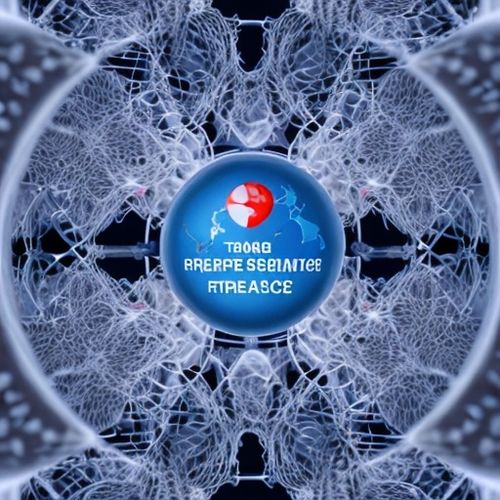
By John Smith/Apr 10, 2025
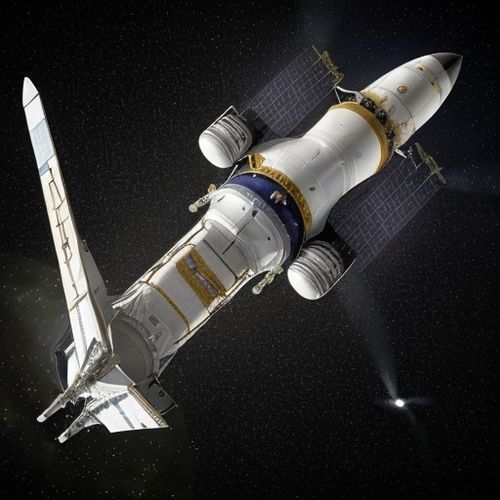
By Ryan Martin/Apr 10, 2025
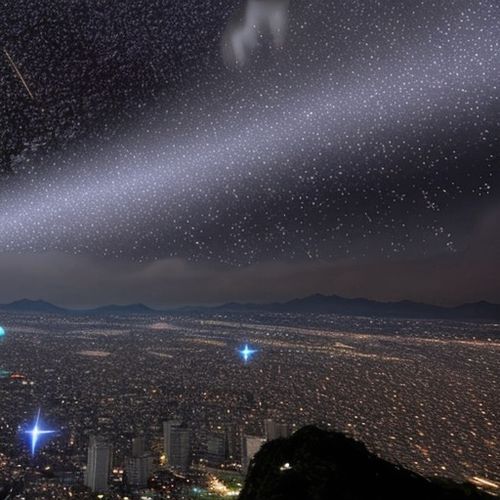
By Olivia Reed/Apr 10, 2025
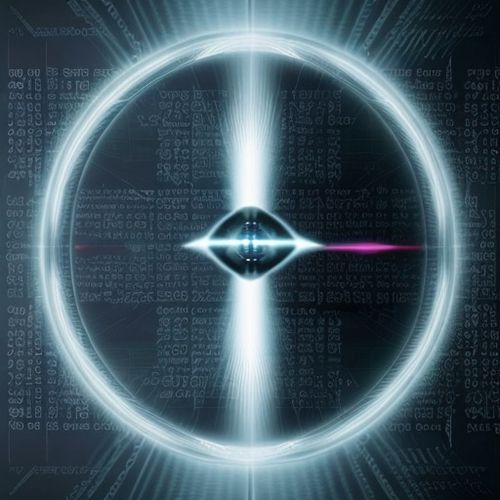
By Sarah Davis/Apr 10, 2025
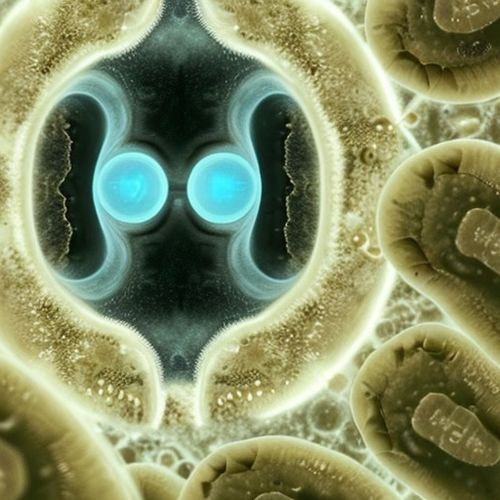
By Victoria Gonzalez/Apr 10, 2025
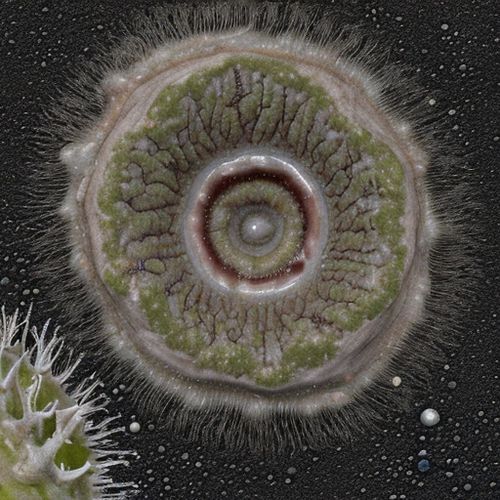
By Laura Wilson/Apr 10, 2025
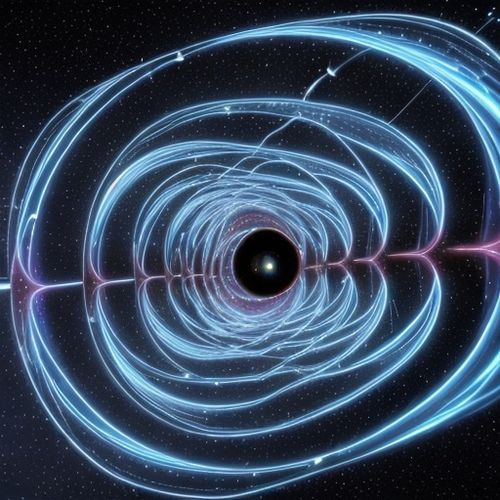
By Lily Simpson/Apr 10, 2025

By Grace Cox/Apr 10, 2025

By Emma Thompson/Apr 10, 2025

By Grace Cox/Apr 10, 2025

By Thomas Roberts/Apr 10, 2025
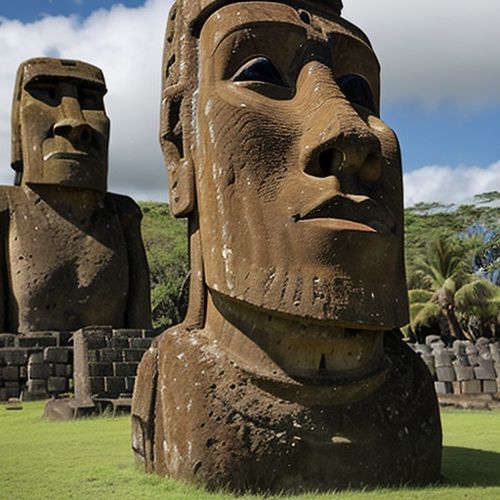
By Laura Wilson/Apr 10, 2025

By Benjamin Evans/Apr 10, 2025

By Megan Clark/Apr 10, 2025